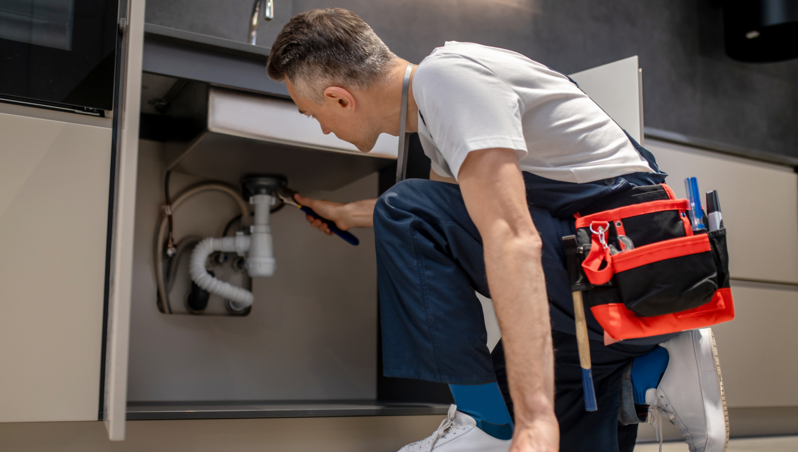Why do we manage water pressure?
Water pressure is the force of water that gets pushed through pipework, which results in the strength of the flow that comes through your tap.
We monitor water pressure all the time. This is because it’s an important way for us to prevent leaks, save our precious water, make sure you have a constant supply and reduce your bills.
We manage the strength of the water flow so that there’s enough for your everyday needs, but not so much that it causes bursts and leaks.



















